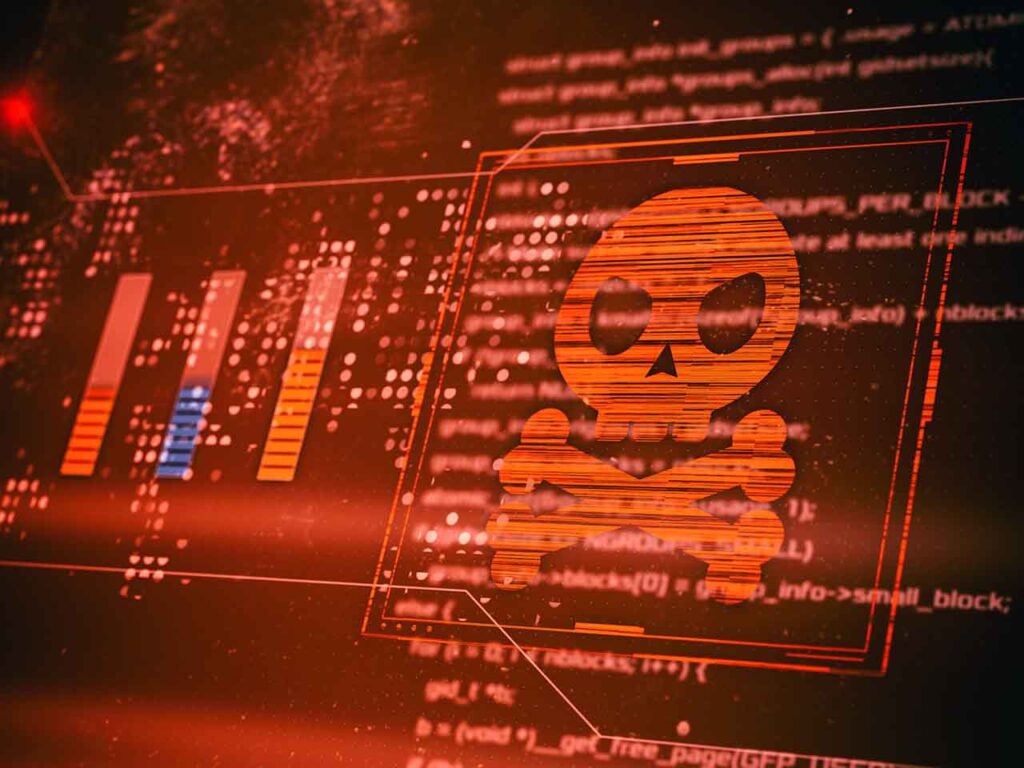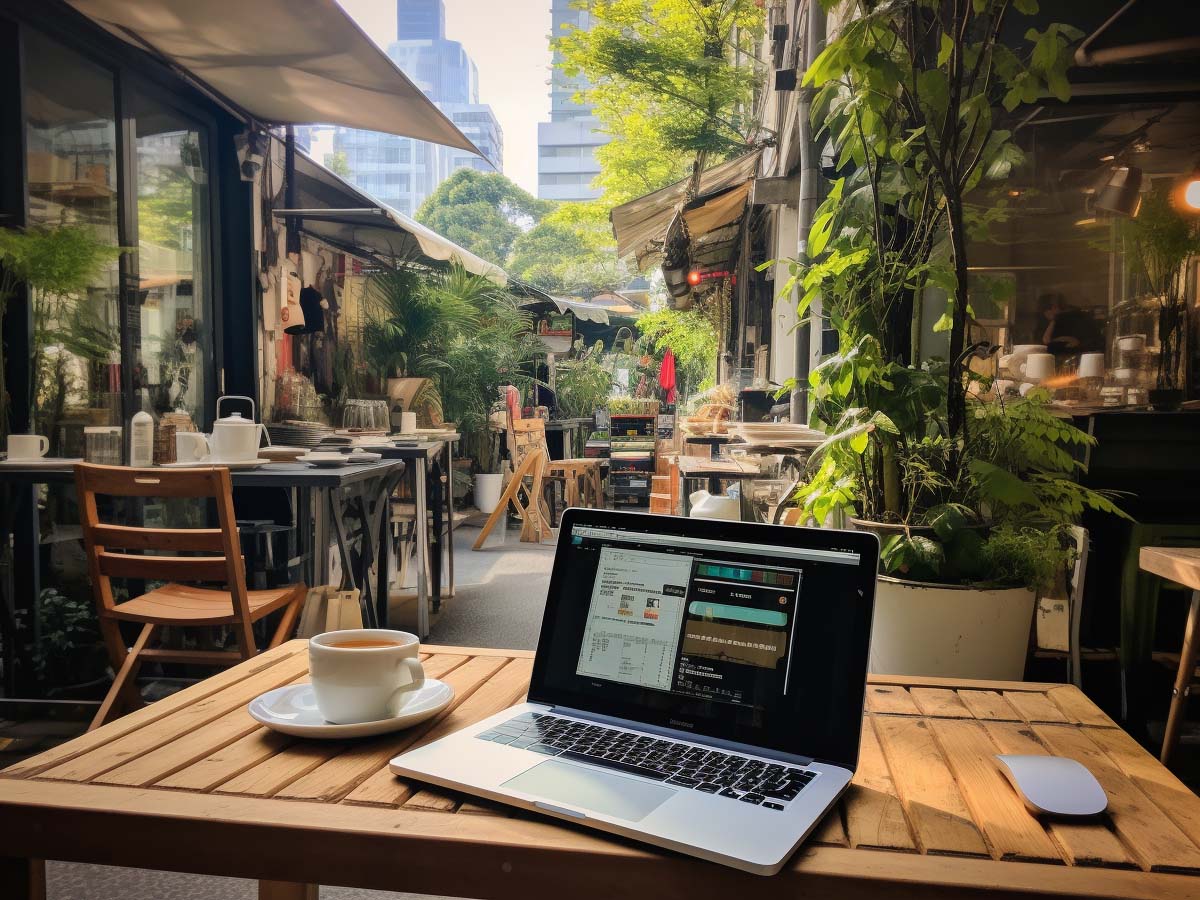While the field of cybersecurity is vast and continuously evolving, there are several aspects that are either less discussed or commonly misunderstood.
Some of these include:
Stay One Step Ahead of Cyber Threats
1. Human Factor
People often focus on technical solutions and overlook the human aspect.
Human error or negligence can be significant security risks, and social engineering attacks exploit these vulnerabilities.
Security awareness training for employees is crucial in addressing this aspect.
2. Security by Design
Many organizations focus on securing their systems after they have been developed, rather than incorporating security measures during the design and development phase.
This reactive approach can lead to vulnerabilities that could have been avoided through proactive measures.
3. Supply Chain Security
The security of third-party vendors, suppliers, and partners is often overlooked, despite the potential for these entities to introduce vulnerabilities into an organization’s systems.
4. Insider Threats
Employees or other trusted individuals with access to sensitive information or systems can pose significant risks.
Adequate measures to monitor and manage insider threats are often not emphasized enough.
5. The Importance of Regular Updates
Organizations and individuals frequently fail to keep their systems, software, and devices up-to-date, leaving them vulnerable to known vulnerabilities that could have been patched.
6. The Evolving Threat Landscape
Cybersecurity threats are continuously evolving, and many people underestimate the need for continuous learning and adaptation to stay ahead of attackers.
7. Security as a Continuous Process
Cybersecurity is not a one-time event but an ongoing process.
Organizations need to maintain a strong security posture, continuously assessing and improving their security measures.
8. The Role of Legislation and Regulation
Cybersecurity laws and regulations are often misunderstood or not well-known, resulting in organizations being inadequately prepared to comply with these requirements.
9. Risk Management and Prioritization
Properly assessing and prioritizing risks is essential for effective cybersecurity, but this aspect is often overlooked or misunderstood.
10. The Need for Collaboration
Many organizations operate in silos, leading to a lack of collaboration and sharing of threat intelligence.
This hinders the ability to identify and defend against emerging threats effectively.
11. Cybersecurity Insurance
Cyber insurance policies can help organizations mitigate the financial impact of a cyber attack.
However, many businesses either underestimate the need for cyber insurance or have misconceptions about what it covers.
12. The Importance of Data Backups
Many people and organizations fail to regularly back up their data, leaving them vulnerable to data loss due to ransomware attacks, hardware failures, or human error.
Implementing a robust backup strategy is crucial to ensure business continuity and data recovery.
13. Endpoint Security
The increasing number of devices connected to networks, including IoT devices and personal devices in BYOD (Bring Your Own Device) policies, expands the attack surface.
Securing these endpoints often receives less attention than it should.
14. Encryption and Privacy
The importance of encryption, both for data at rest and in transit, is often underestimated or misunderstood.
Encrypting sensitive data can significantly reduce the risk of unauthorized access or data breaches.
15. Incident Response and Disaster Recovery Planning
Organizations often lack well-defined incident response and disaster recovery plans, leaving them unprepared to react effectively to cybersecurity incidents.
Developing, testing, and refining these plans is essential for a robust cybersecurity posture.
16. The Role of Artificial Intelligence and Machine Learning
AI and ML are increasingly being used to improve cybersecurity tools and threat detection.
However, these technologies can also be used by malicious actors to enhance their attacks, and this dual nature is often not well understood.
17. Zero Trust Security
The zero trust model emphasizes the principle of “never trust, always verify” for network access.
Many organizations have yet to adopt this model or misunderstand its principles, leaving them vulnerable to attacks.
18. Physical Security
Cybersecurity is not just about protecting digital assets but also includes safeguarding the physical infrastructure, like data centers and server rooms.
Physical security measures are sometimes overlooked or underestimated.
19. Cloud Security
The shift to cloud computing has brought new security challenges.
Organizations often have misconceptions about the shared responsibility model in cloud security, leading to gaps in their security posture.
20. The Cybersecurity Skills Gap
The demand for skilled cybersecurity professionals far outpaces the supply.
Many organizations struggle to find and retain qualified talent, leading to understaffed security teams and increased vulnerability to threats.
Summary
Addressing these lesser-discussed or misunderstood aspects of cybersecurity is essential for improving the overall security posture of organizations and individuals alike.
"Amateurs hack systems, professionals hack people."
-- Bruce Schneier, a renown computer security professional






